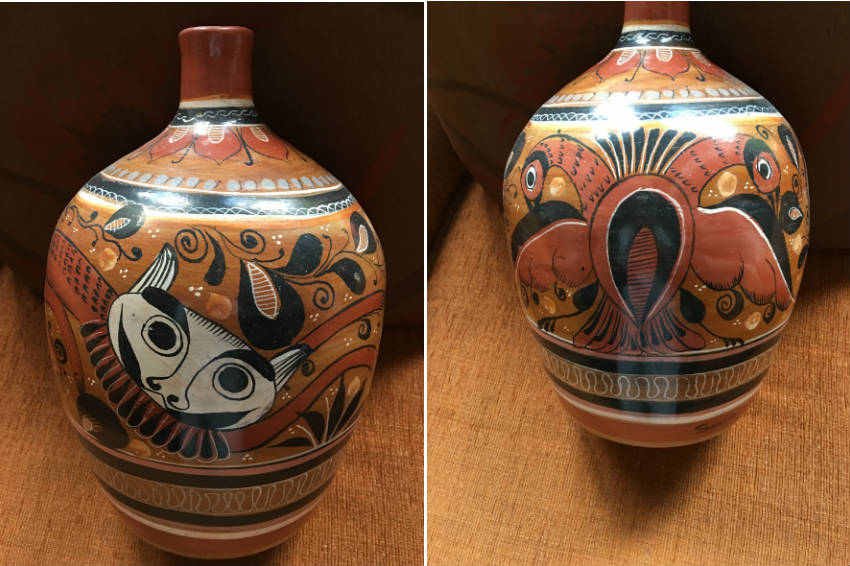
by Barbara Erickson
“Folk Art is an intrinsic part of Mexican culture, with astounding variety from the northern state of Chihuahua to the southern tip of Chiapas and the Yucatan, it is an important part of the economic fabric of many indigenous communities, and even though much of it is made for personal or local adornment, some makes its way to the finest museums.” - James and Louise Murphy
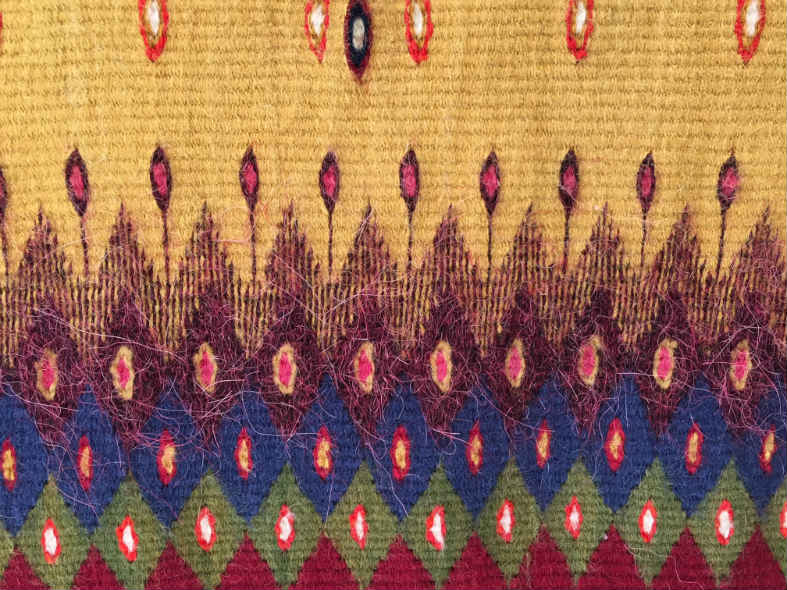
Folk Art is what craftspeople with no formal artistic training produce. Usually made by indigenous people, the objects often had a functional purpose as opposed to being made as an art object. Much of the folk art of Mexico is associated with specific regions or ethnic groups, such as the Zapotec tradition of weaving from the village of Teotitlán del Valle in the Oaxaca valley or the Huichol yarn paintings from Jalisco. In the twentieth century when tourism in Mexico became popular, folk artists took advantage of the universal desire for “mementos” and in villages with strong traditions in the various folk arts, people were able to make a living as folk artists, instead of as famers, and folk art flourished.
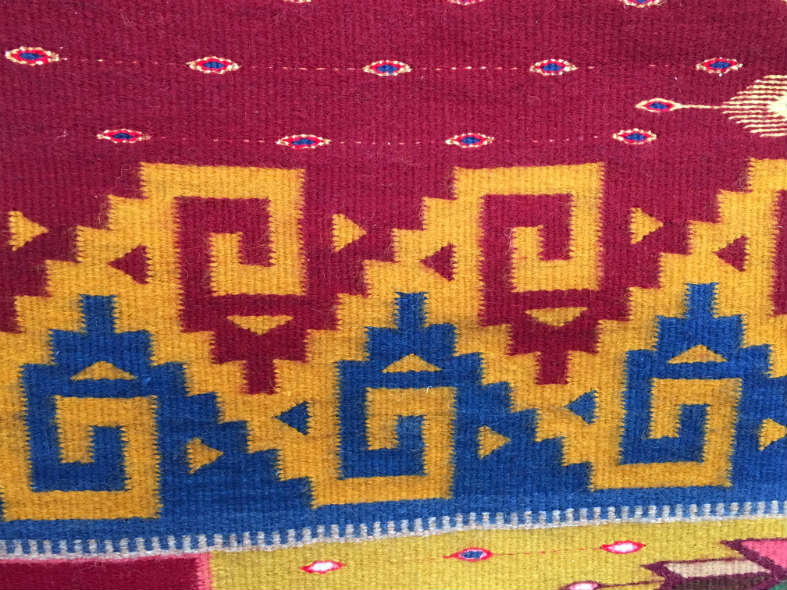
James and Louise Murphy moved to San Miguel in 2005, intending to rent, and bought a house two weeks later. “We wanted to live in another country and it just fit,” they report. They brought along their collection of twentieth century art and a desire to travel and enjoy retirement. Now their light-filled home is full of Mexican folk art, collected here in San Miguel and from their many travels around Mexico. Louise notes that the first pieces they collected have moved from the mantle to the bedroom. Although the pieces they collect now are much finer and more focused, they are also a lot smaller.
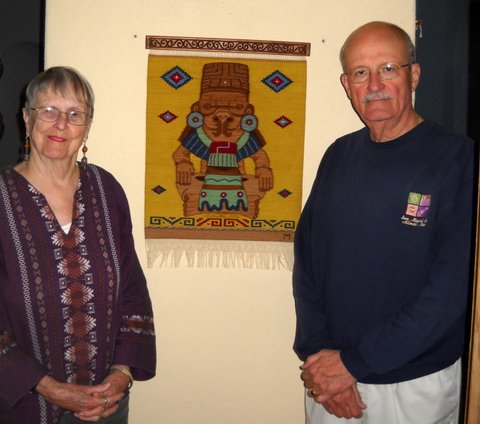
I interviewed the Murphys about their love for folk art and how they became passionate collectors of pieces both large and small and why Mexican folk art in particular. James told me that he enjoys learning about the many diverse cultures in Mexico and that folk art provides a window into the belief system of the maker and his or her culture. “You can experience the syncretism of the pagan and the Christian beliefs in almost any piece of authentic folk art,” he says. “Take for example the amazing yarn paintings of the Huichol of Nayarit and Jalisco. They use their traditional peyote, deer and corn motifs with other nature representations, as well as masks of the sun and moon and jaguar figures, which are not traditional. All of which gives me a feeling of how they visualize the world”. I mention the nagual figure from pots I bought long ago in Tonalá, near Guadalajara. The potter described the somewhat scary creature as a shape shifting trickster. James concurs this is a good example. The nagual or shapeshifter appears often in Mesoamerican folk art and in many other cultures around the world. The nagual in folk art often appears alongside something mundane. Indeed, my nagual pot has the Mexican eagle on the other side. One can wonder about the significance of those two images.
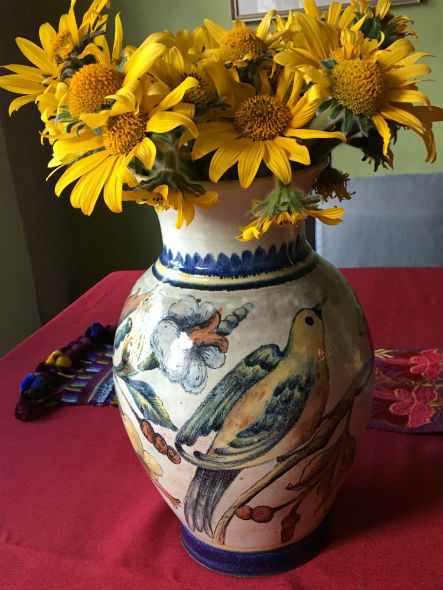
Louise and James recommend visiting the Oaxaca valley for the many villages specializing in various styles of folk art. One can find the black pottery of San Bartolo Coyotepec, the woodcarving villages of San Martin Tilcajete and La Union, the pottery villages of Aztompa and Ocótlan, Teotitlán del Valle, the Zapotec rug weaving village, to name a few highlights. Louise reminds me about the delicious food and the archeology sites and, of course, the mescal and chocolate. The Murphys started to visit Oaxaca before they moved to Mexico, first just the city and later the villages. Louise brought back ideas for her middle school art classes about the Day of the Dead. The Day of the Dead in Oaxaca is rich in folk art, from the ephemeral cheap clay skeletons found in the mercados to fine art in found in the upscale galleries. They encourage everyone interested to visit, and often.
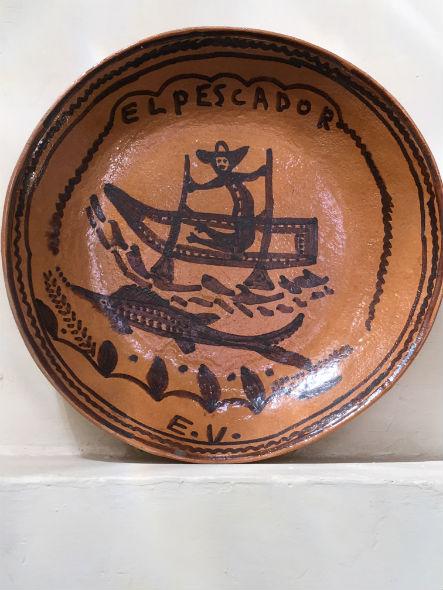
I asked James and Louise if they prefer to travel to find their favorite pieces. They agree that going to meet artisans in their homes and workshops is very rewarding, especially if you have focused on a particular style, artist or type of folk art, say pottery, copper, paper art, textiles, silver work or weaving. They also point out that San Miguel is home to wonderful folk art galleries where one can start to find out with what one enjoys living. Local folk art expert and Galeria Atotonilco owner Mayer Shacter agrees, “I encourage both visitors and residents to consider collecting folk art, even if on a small scale. Collecting will enrich your life in ways you cannot imagine, if you have never been a collector. The more you live with these wonderful items created by folk artists, the deeper your connection to Mexico becomes. You will learn more about who Mexicans are and how they have preserved such a distinctive culture when so much of the rest of the world is increasingly homogenous. You can surround yourself with beautiful objects, make friends with the people who make them, learn the backstory and history of village traditions, and feel good that you are supporting families and keeping ancient traditions alive.”
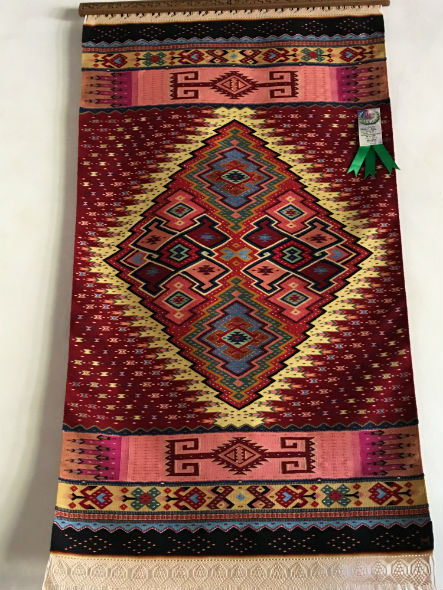
The Murphys recommend starting in San Miguel where you can find some examples of very fine work from all around Mexico. Visit the tiny Banamex gallery on Canal, where you can purchase “Great Masters of Mexican Art, now in its second edition. You can visit the Mask Museum, La Orto Cara de Mexico, and the Folk Art Gallery at Casa de La Cuesta and find many other fine examples of folk art in shops around the Centro. Don’t forget to stroll through the Mercado de Artesanias for some fun examples of folk art.
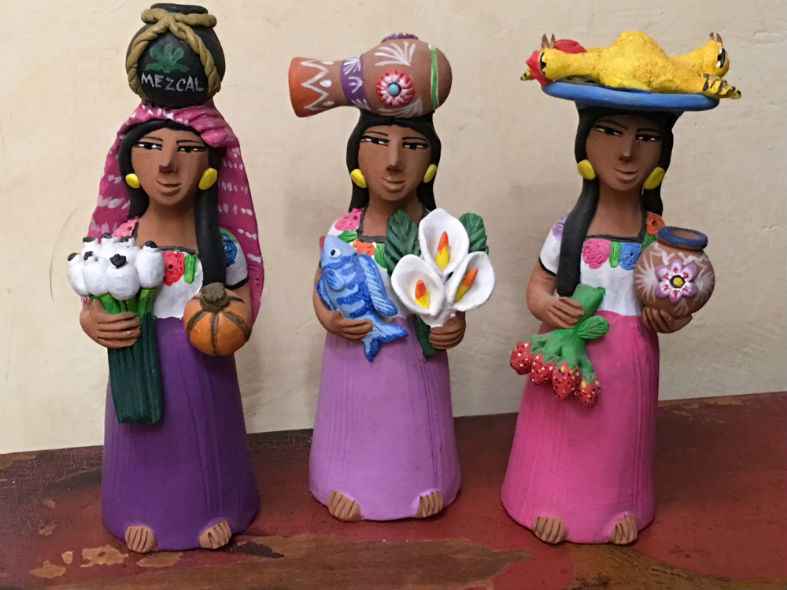
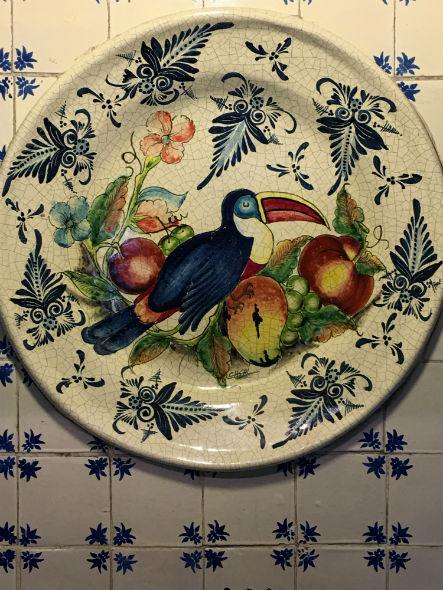
*********
Talking with James and Louise made me certain that even though I love folk art and have some special pieces in my home, I have a lot to learn. To that end I asked them if they would share their experiences and give a talk. Coinciding with the latest exhibit and sale for the Murphy’s favorite folk artist from Oaxaca, acclaimed weaver Jacobo Mendoza, their talk “Collecting Mexican Folk Art: The Whimsy and Diversity” will be held at Casa de la Cuesta, Cuesta San Jose #32 Tuesday October 31 and Wednesday November 1 after the Traditions of Day of the Dead Altars Talk starting at 1:00 PM.
During their talk “Collecting Mexican Folk Art: The Whimsy and Diversity” at Casa de la Cuesta James and Louise will talk about collecting folk art in general, about how they learned and became both more focused and more discriminating in their collecting and they will give tips on how to become a practiced folk art collector, including using our local experts, like Mayer Shacter.
Casa de Cuesta is home to the La Otra Cara de Mexico Mask Museum, featuring ethnic masks from all across Mexico collected personally by Bill Lavasseur. The Mask Museum will be open to the public free of charge during the exhibit. Heidi Lavasseur, a collector in her own right, will give a talk about the traditions of the Day of the Dead Altar. Blanca Gomez, Oaxacan carver and painter, will display and sale her whimsical creations alongside the Mendoza Rug Exhibit and Sale.
**************
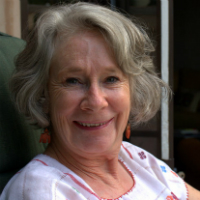
Barbara Erickson lives in San Miguel de Allende and Barra de Potosí, a small fishing village in the state of Guerrero. She retired after selling her business in Southern California and happily moved to Mexico with her husband of many years in 2003. She loves Mexican artesanía, traveling in Mexico, studying Spanish, making friends and supporting indigenous artists and hardworking students.
You must register and log in to write a comment.
Please use the "login" link at the top (right) of the page.
|